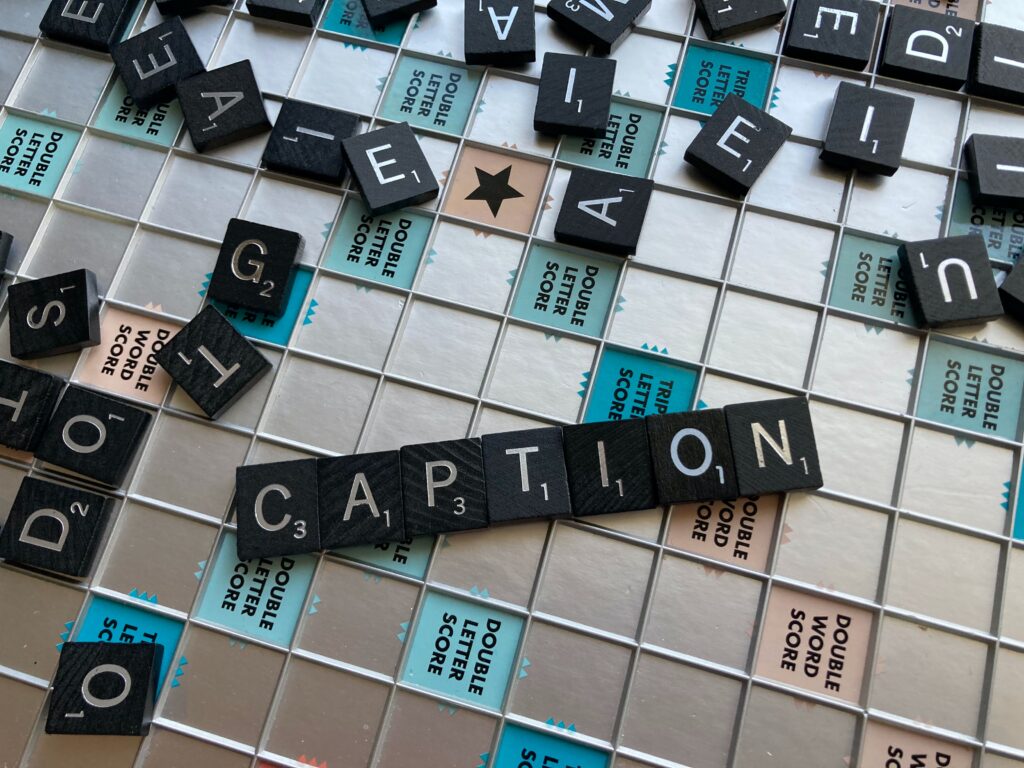The Netflix series “Squid Game” is an unmitigated blockbuster and a global phenomenon. It has become Netflix’s biggest series launch, reaching more than 142 million households during its first month on the streaming platform.
Besides high drama and suspense, the South Korean series relies on subtitles to grasp audiences around the world. “Squid Game” has the most current and widely seen example of subtitles in pop culture right now. The show would have a minuscule audience if the dialogue wasn’t translated onto the screen.
Subtitles are the text form of the dialogue present in a video. Subtitles may appear to be just like closed captioning, but they serve very different needs.
WHAT’S THE SAME?
You can turn on and off both subtitles and closed captions. They’re an optional add-on to a video should the viewer want them. Both represent the actual dialogue spoken on screen, just not always in the same language. Both also provide additional accessibility to a piece of content that wouldn’t be there otherwise.


WHAT’S THE DIFFERENCE?
Essentially, subtitles assume an audience can hear the audio, but need the dialogue provided in text form as well. Meanwhile, closed captioning assumes an audience cannot hear the audio and needs a description of what they would otherwise be hearing.
SUBTITLES FOR TRANSLATION
One of the main uses for subtitles is translating a foreign language video into the intended viewer’s language. They allow you to take your already-produced video and release it around the world without having to dub the actors or make different versions. You just need to offer up a variety of languages in your subtitle menu.

Subtitles are also useful for educational purposes. Research actually shows that turning on subtitles, in the language spoken on screen, can improve children’s reading and comprehension abilities. This is because they’re hearing and seeing the words at the same time.
Not only that, but watching foreign video content with subtitles can speed up learning another language.
CLOSED CAPTIONS FOR ACCESSIBILITY
Closed captioning can perform all the same functions as subtitles, BUT it also includes sounds outside of dialogue. This means representation of sound effects, background noise, and music in written form.
Closed captioning encompasses everything in the audio because it’s designed for people who can’t hear what’s going on at all. That’s everyone from hearing-impaired viewers to people sitting on a bus without headphones.
TWO SERVICES, ONE GOAL
Both closed captions and subtitles have the same primary objection. They want to give viewers more access and enable them to better understand your video content. This allows you to extend your reach to a wider audience, upping content exposure to as many people as possible who would have an interest in your video.
ADDING SUBTITLES OR CAPTIONS? CALL ECG PRODUCTIONS
Subtitling and captioning can be a lot of work. There’s time-coding, syncing, encoding, and more. The professionals at ECG productions can take all of that tedious work off your plate. Not only that, we’re here to consult with you to format the best strategy for accessibility when it comes to your video. Contact us today to learn more!
